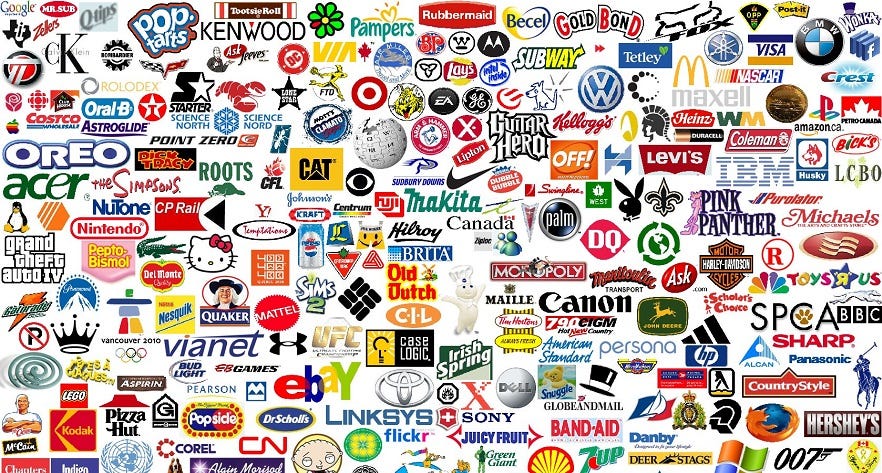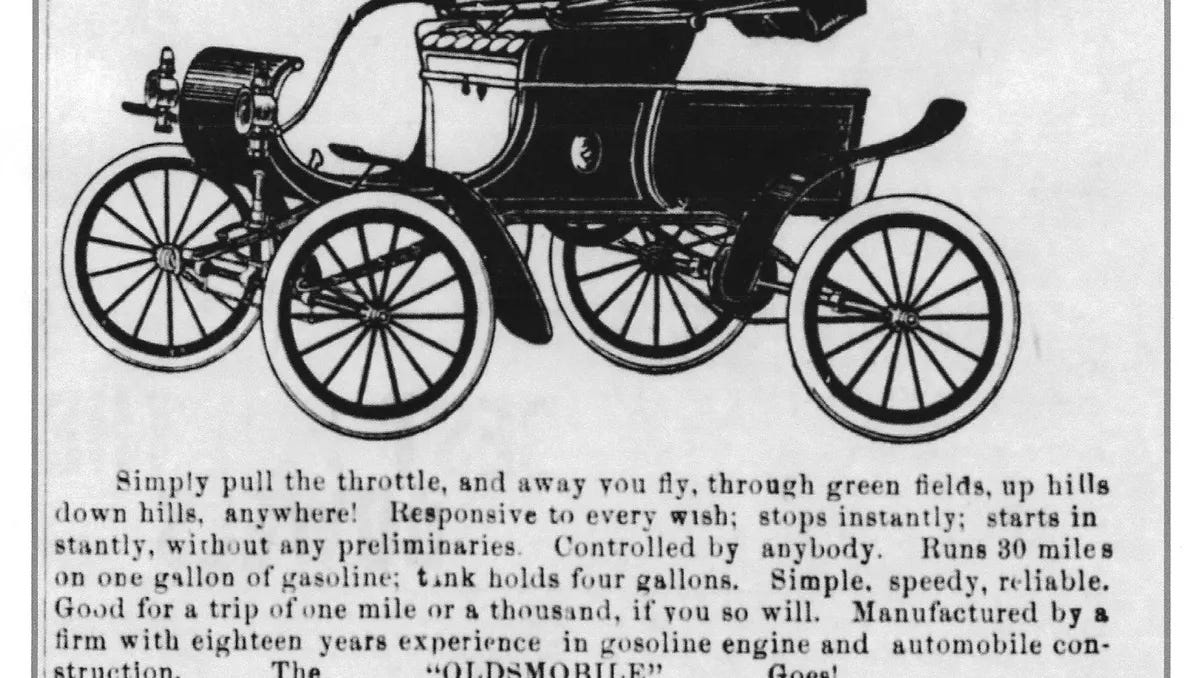Why some brands make it and yours likely wont.
How to deal with those little ladders in your head
We live in a world where our minds are bombarded.
Ads scroll past our eyes. Your email has 1,472 “urgent” messages. Your shelf is a graveyard of unread books. The human mind has become a saturated sponge dripping with excess.
Struggling to absorb one more drop.
It’s like a computer with a limited number of slots. But there’s one important difference: a computer has to accept what you put into it.
The mind doesn’t. It rejects information that doesn’t compute.
You can take two abstract paintings, write Schwartz under one and Picasso under the other, and ask for opinions. Most people will see genius in the one labeled Picasso, not because of the art itself, but because of the frame around it.
Or take two people >one Apple user, one Android user< and ask which phone is better. You already know how that conversation ends. They will die on their hill.
The mind isn’t easy to change.
It bends the world to fit what it already believes.
There was once a blind taste test between two champagnes. One was a premium French brand, the other a cheaper California bottle. When the labels were visible, the French bottle “tasted better.” Removed, the cheaper one often ranked higher.
People didn’t taste the champagne.
They tasted the story they’d already bought.
Try the same with Starbucks and Wawa coffee. You’ll watch someone swear they can “taste the roast notes of caramel” in what’s reheated gas station water.
The mind not only rejects what doesn’t align with its past experiences, but it’s also limited in how much it can hold. In our over-communicated world, the human brain is an inadequate container.
The average mind can only juggle about seven things at once.
seven digits in a phone number
seven wonders of the world
seven days of the week
seven deadly sins
seven dwarves
Ask someone to list soda brands, and most will name seven. Coca-Cola, Pepsi, Sprite, maybe Dr. Pepper if they’re from Texas. Ask for the Ten Commandments, and even Bible Belt folks start to sweat around number six.
If our mental storage can barely hold that, how do we expect anyone to remember every brand, book, and idea we throw at them?
We cope by ranking.
Imagine a set of ladders inside the mind. Each ladder represents a category—
One for sneakers — Nike, Adidas, New Balance.
One for streaming — Netflix, Disney+, Hulu.
One for fast food — Chick-fil-A, Popeyes, McDonald’s.
One for churches — Hillsong, Elevation, your grandma’s pew-lined hometown church.
The mind doesn’t store every brand. It only remembers the top rungs, the few it already knows and trusts.
So when a new brand, idea, or message tries to climb that ladder, it faces two impossible options:
1️⃣ Dislodge what’s already there (rare).
2️⃣ Relate to what’s already known (the only real option).
But most marketers >and even most writers< ignore that. They talk as if no ladders exist. They speak into a mental black hole and wonder why no one remembers.
If you want to enter someone’s mind, you have to find an open rung. And if your idea belongs to an entirely new category, you’ll have to bring your own ladder that connects to what’s already there.
That’s why new ideas are often introduced by what they’re not.
The first automobile — A horseless carriage.
Unleaded gasoline — Lead-free.
Diet Coke — Sugar-free.
Airbnb — A hotel with no buildings.
Uber — A taxi with no cars.
Tesla — A car with no gas.
Each used the familiar to explain the new.
So here’s the question:
👉 What’s your sugar-free?
What book, product, service, or idea are you introducing that’s similar but different from what already exists?
Because until your audience knows what it’s not,
they’ll never understand what it is.
That’s how you position your story and make it stick.
MY BEST FINDS
I scoured the internet, and here are the best things I could find this week. If you find something worth sharing with the rest of the Lab, reply to this email!
🧙♂️ Story
Brandon Sanderson explains why he will finish writing the Ghostbloods trilogy before releasing the first book (YouTube)
There’s no audience for “average” content. Media is a winner-take-most game (Newsletter Operator)
Copy this email exactly and send it to anybody who hasn’t bought from your brand before (LinkedIn)
💡 Marketing
Ryan Deiss: 10 marketing rules that never stopped working (YouTube)
Did the White House take it too far in their marketing (LinkedIn)
👀 ICYMI
Failure is not something you fix. Failure is something you face (Christian Story Lab)
The top 1% play a radically different game (LinkedIn)
~
Keep writing what matters,
— Payton
P.S. You didn’t start your business to become a full-time digital babysitter. If you’re still cranking out your own emails, it’s time to hand that off. My team can ghost your content so you can get back to growing 👻 VeryGoodGhost(writing) Agency





Love this. Excellent content and points! Why a compelling vision that shows a story is so important.
Mini Marketing Masterclass!
This was fantastic!
Now if you will excuse me, I'm going to read it again!